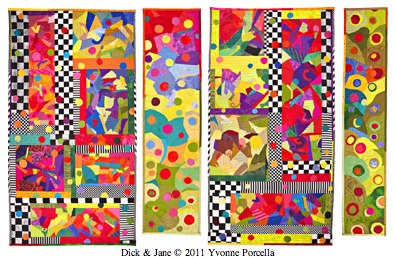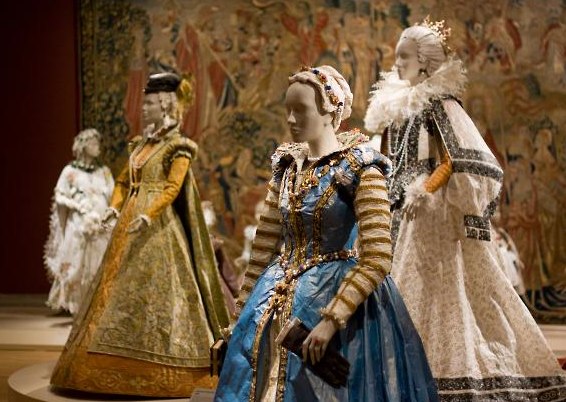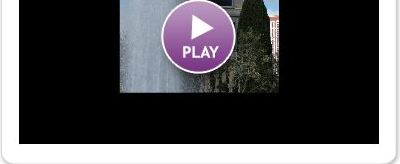 Beginning March 25 and running through May 19, Stanford University will be hosting an exhibit of Yvonne Porcella's quilts as part of their Stanford Art Spaces program which features changing art exhibits.
Beginning March 25 and running through May 19, Stanford University will be hosting an exhibit of Yvonne Porcella's quilts as part of their Stanford Art Spaces program which features changing art exhibits.
If you missed Yvonne's Bold Strokes exhibit at the San Jose Museum of Quilts and Textiles, this is your opportunity to see the full spectrum of Yvonne's work starting in the 1980s and moving on to today.
For more information regarding the exhibit, click here.
To learn more about Yvonne, watch Episode 713: Yvonne Porcella - Legend 2010













.jpg)


